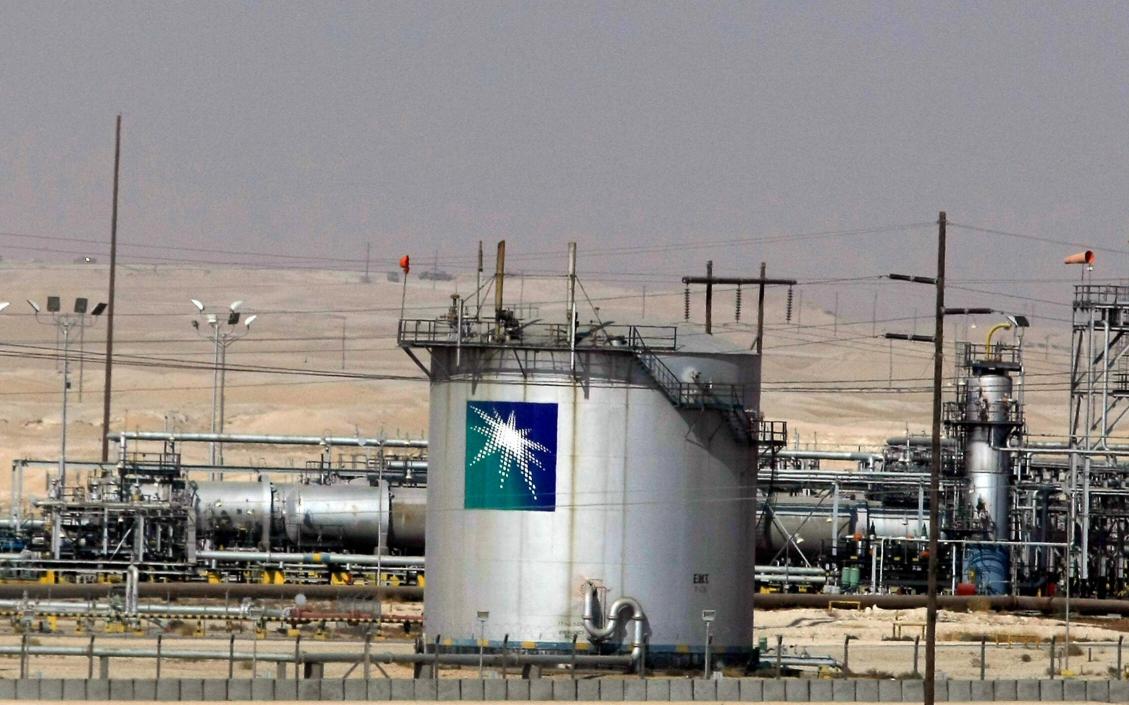Asian refiners may be about to get a welcome boost from major oil producer Saudi Arabia, which is likely to keep lowering the cost of crude to the region.
Saudi Aramco, the kingdom's state oil producer, looks set to again cut the official selling prices (OSPs) for November cargoes when details are published early in October.
A report from Reuters suggests that there are several reasons this may be the case, but chief among them is probably concern over market share in Asia.
It appears that Saudi Aramco has decided to make Asian markets its main focus, which makes sense given that the region takes about two-thirds of the producer's output.
The Saudis aren't exactly retreating from the North American and European markets, but they seem to have projected the trend that physical oil flows are moving toward the East and away from the West.
This pivot from North America can be seen in the OSPs this year for the various regions, with prices rising for cargoes to the United States and dropping for Asia.
In January this year, for instance, the OSP for benchmark Saudi Arab Light crude to the United States was a premium of $1.65 a barrel to the Argus Sour Crude Index.
By October, the premium for the United States had risen to $2.45 a barrel. For Asia, in contrast, the premium for Arab Light over Oman/Dubai was $3.75 a barrel in January, but this had dropped to a discount of 5 cents a barrel by October, the first time it has been a discount in four years.
While some of the steep decline in the Arab Light OSP for Asia was due to the narrowing of the spread between Dubai crude and global benchmark Brent, in relative terms the Saudis were cutting prices for Asia while raising them for the United States.
The spread between Brent and Dubai DUB-EFS-1M was $1.02 a barrel on Monday, up from the four-year low of 72 cents on Sept. 15, but still well below the $3.88 at the start of 2014 and the peak this year of $4.86 on June 13.
The collapse in the spread has resulted in Saudi Aramco lowering the OSP for its benchmark grade in order to keep its crude competitive with grades priced against Brent.
The ongoing weakness in the spread means the OSP is poised to continue at low levels, but the other factor driving reduction is Saudi concern over market share.
China, Asia's biggest crude importer and the Saudi's top customer, has been taking more cargoes from Iran and Iraq recently, and trimming its reliance on Saudi Aramco.
The Saudis are likely to be uncomfortable with this situation, and they may plan to keep their crude competitive with those from their rival Middle East producers.


